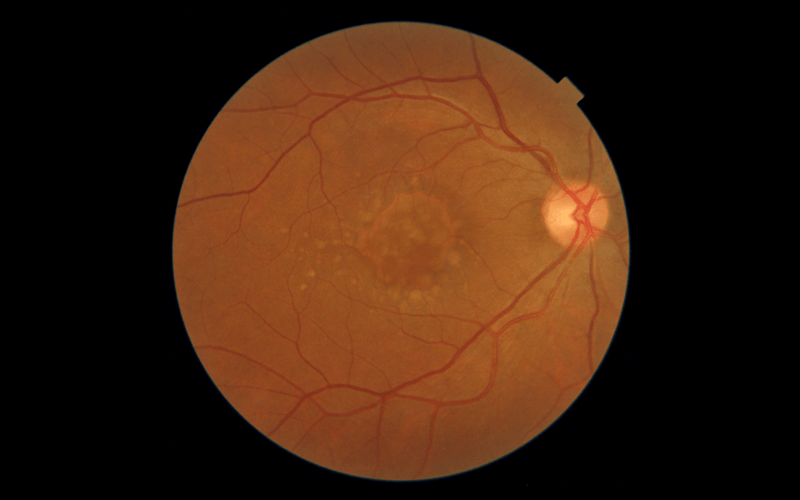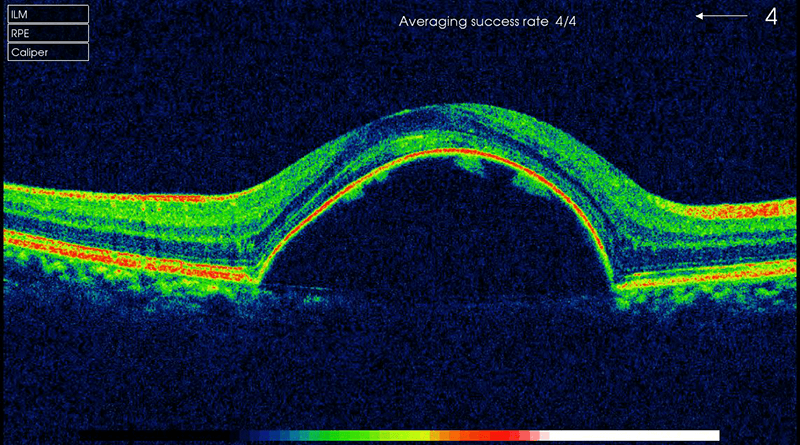
06 Mar Age-related macular degeneration (AMD/ARMD)
Age-related macular degeneration (AMD/ARMD) is a very common problem faced when the central part of the retina called the macula is damaged. It is a leading cause of permanent vision loss after 50 years of age.
With AMD the central vision is lost while the peripheral (side) vision will still be normal. For instance, when looking at a clock with hands, the clock’s numbers might be seen but not the hands. People with AMD may have difficulty with daily tasks that require fine vision such as reading, dialing a telephone, driving, and recognizing faces.
Risk factors for developing AMD include:
- Smoking or tobacco intake
- Age over 50 years
- Family history of AMD
- Presence of heart disease
- High cholesterol levels
Many people don’t realise they have AMD until it is too late. This is why it is important to have regular visits to an eye specialist. He or she can look for early signs of AMD before any vision problems arise.
Initial diagnosis is with an Amsler grid and use of a special lens to directly see the macula.
An OCT scan provides detailed images of the macula and helps confirming the diagnosis.
Fluorescein angiography may be needed to see if abnormal new blood vessels are growing under the retina. This is now usually done only if the OCT scan is inconclusive.
Two types of AMD
1. Dry AMD
More than 8 out of 10 people who have AMD have the dry form. In this, the macula gets thinner with age and tiny clumps of protein (called drusen) get deposited under the retina. Central vision is slowly lost.
Unfortunately there is no way to cure dry AMD yet. However people with lots of drusen might benefit in the long run from taking a certain combination of nutritional supplements.
2. Wet AMD
This form is less common but much more serious. Wet AMD is when new, abnormal blood vessels grow under the retina. These vessels may leak blood or other fluids, causing a swelling and subsequent scarring of the macula. Vision is lost faster with wet AMD than with dry AMD.
Wet AMD is now best treated with intra-vitreal injections of anti-VEGF drugs. These help reduce the number of abnormal blood vessels and their leakage in the retina.
Specialised laser treatment (called PDT) may also be used to treat some types of wet AMD. The abnormal blood vessels are attempted to be sealed with the help of the laser beams.
In AMD one has to make the most of whatever vision is available. This is done with the help of various Low Vision Aids.



Sorry, the comment form is closed at this time.